Hot Products
- Lavender Essential Oil
- Jasmine Essential Oil
- Rose Essential Oil
- Ylang Ylang Essential Oil
- Patchouli Essential Oil
- Sandalwood Essential Oil
- Helichrysum Essential Oil
- Neroli Essential Oil
- Chamomile Essential Oil
- Clary Sage Essential Oil
- Eucalyptus Essential Oil
- Lemon Essential Oil
- Lemongrass Essential Oil
- Orange Essential Oil
- Peppermint Essential Oil
- Rosemary Essential Oil
- Tea Tree Essential Oil

<< Home <<
Frankincense Oil
Frankincense Oil
Frankincense Oil
The small tree that is used to extract Frankincense oil traditionally grows in the Middle East. It has an abundance of pinnacle shaped leaves and the pretty flowers are either pale pink or white. When the bark of the tree is cut, the resin presents itself in the form of a milky colored liquid which is sticky and attempts to heal the wound. It is through the distillation of this resin that we get the extremely precious Frankincense oil.
| General Name: | Frankincense Oil |
| Botanical Name: | Boswellia Frereana |
| Method of Extraction: | Steam Distillation |
| Part of Plant Used: | Resin |
| Origin: | India |
| Application: | • Because of therapeutic properties present in Frankincense Essential oil it can be used as an antiseptic, astringent, carminative, diuretic, sedative, tonic and expectorant. • Frankincense essential oil can also proven to be helpful in rejuvenating. |
| Strength of Aroma: | Medium |
| Color: | Colorless to pale yellow clear |
| Blends Well With: | Basil, Bergamot, Cardamom, Chamomile, Cinnamon, Clary Sage, Geranium, Ginger, Myrrh and Vanilla |
| Aromatic Scent: | Earthy scent or ground aroma |
| History: | The name Frankincense is synonymous with biblical times, being one of the gifts that the three kings presented to the baby Jesus upon his birth. The ancient Egyptians used Frankincense during religious ceremonies and it was widely used as incense by the Romans and the ancient Greeks. |
| Precautions: | Frankincense Essential Oil is non-toxic, non-irritant and non-sensitizing. Avoid use during pregnancy. |





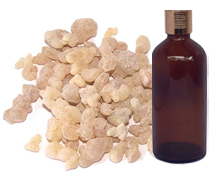

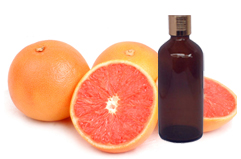
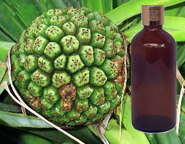
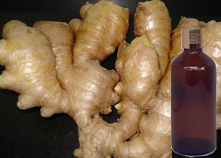
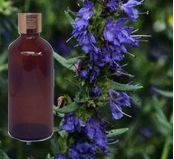

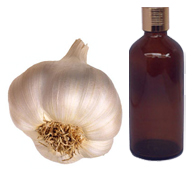
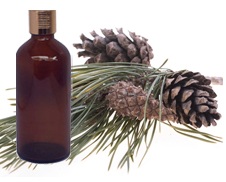
 E-mail:
E-mail:  MSN:
MSN: SKYPE:
SKYPE: